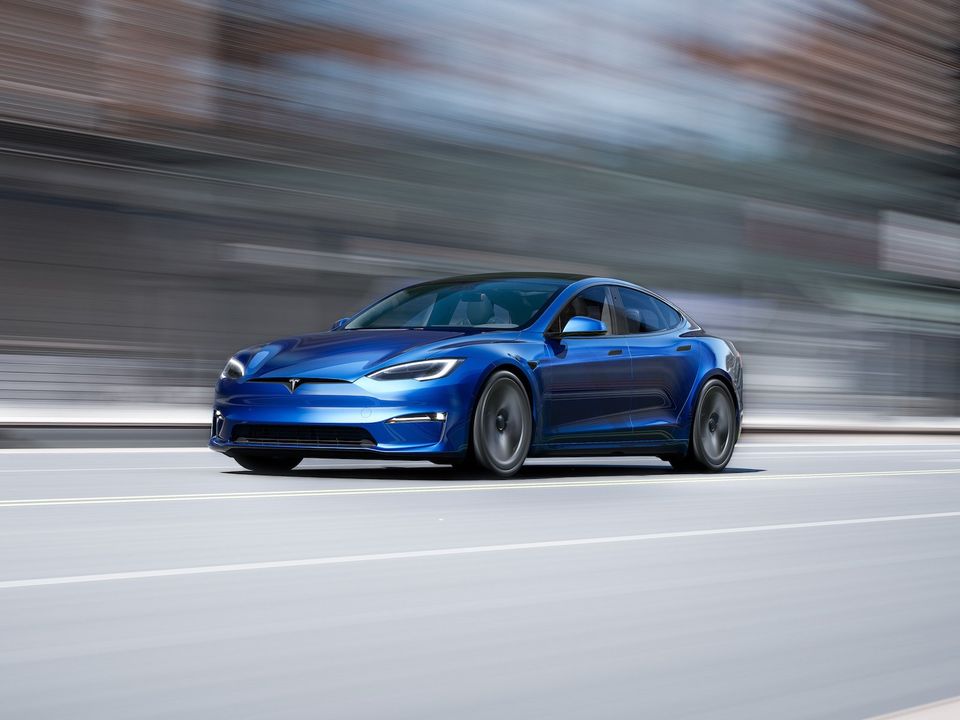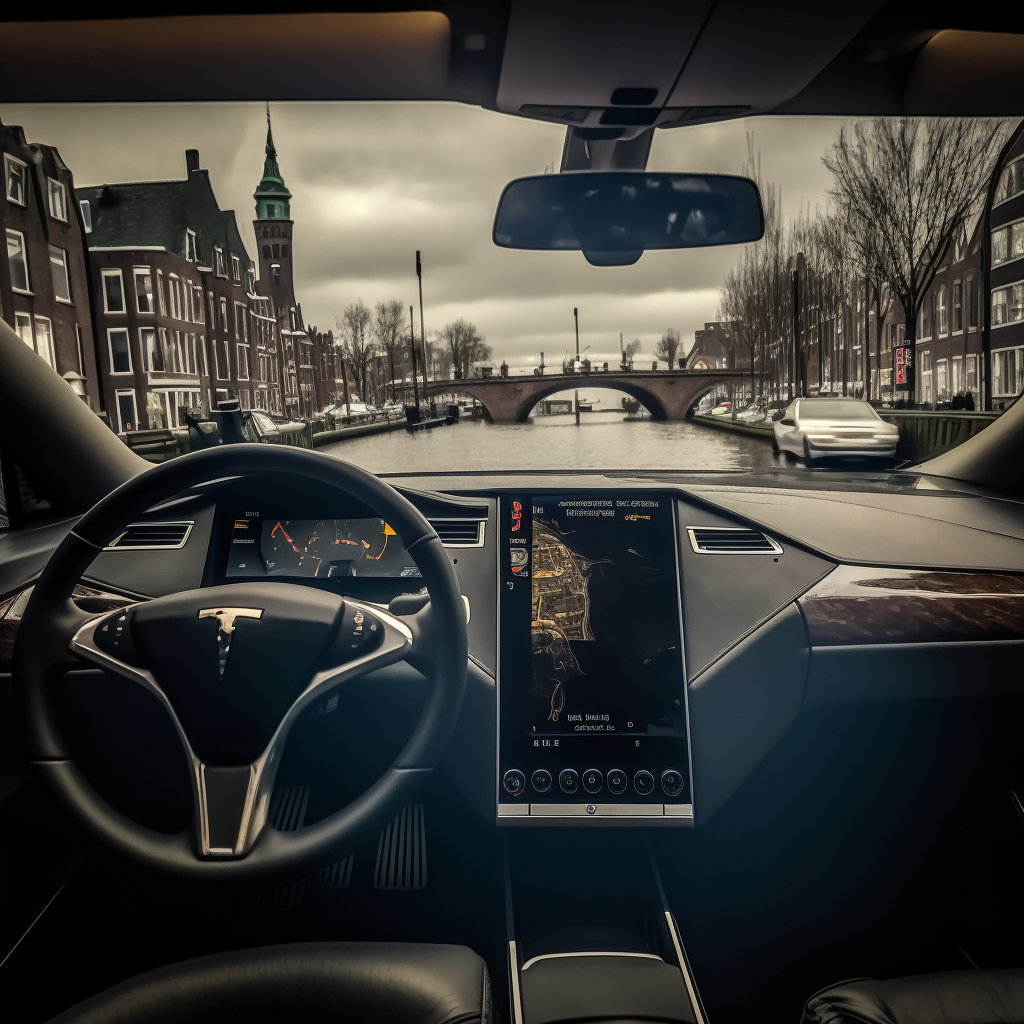Tesla Autopilot is Coming to Europe: What You Need to Know

Tesla Autopilot is coming to Europe, and it could change the way Europeans think about self-driving cars. If you're not familiar with Autopilot, it's Tesla's suite of advanced driver-assistance features that allow Tesla vehicles to partially or fully drive themselves on highways and some city streets. Autopilot has been available in the US and other markets for several years, but until recently, it wasn't available in Europe due to regulatory hurdles.
Together with MisterGreen Electric Lease we are in the process of forming a FSD Beta Test Group for Europe. Let me know via twitter.com/roelsmelt if you are interested.
So what exactly is Autopilot? At its most basic level, Autopilot is a set of sensors, cameras, and software that allow Tesla vehicles to perform tasks like changing lanes, staying in their lane, and adjusting their speed based on the surrounding traffic. Autopilot can also navigate highway interchanges, exit ramps, and parking lots, and it can even summon your car to come pick you up from a parking spot.
Despite its impressive capabilities, Autopilot has been the subject of controversy and criticism due to several high-profile accidents involving Tesla vehicles on Autopilot. Some critics argue that Autopilot is not safe enough to be used without close supervision from the driver, while others believe that Autopilot is still far from being a truly self-driving system.

Regardless of its safety record, Autopilot is coming to Europe, and that's a big deal. Tesla recently announced that it has received regulatory approval to bring Autopilot to European markets, including the UK, where it will be available as an optional extra for Model S, Model X, and Model 3 owners. This means that European drivers will soon be able to experience the convenience and comfort of Autopilot for themselves.
Of course, there are still challenges to overcome. In Europe, there are strict regulatory requirements for self-driving cars, and Tesla will need to meet these requirements in order to sell Autopilot in Europe. Additionally, some European drivers may be wary of using Autopilot due to the negative publicity surrounding its safety record.
Despite these challenges, Tesla Autopilot's European launch could have a significant impact on the future of self-driving cars in Europe. Tesla is one of the world's leading companies in the field of autonomous driving, and its European expansion could help to accelerate the development and adoption of self-driving cars across the continent. Other companies are sure to take notice of Tesla's success, and they may respond by investing more heavily in self-driving technology of their own.
In conclusion, Tesla Autopilot's European launch is an exciting development for the world of self-driving cars. While there are still challenges to overcome, Autopilot





Member discussion